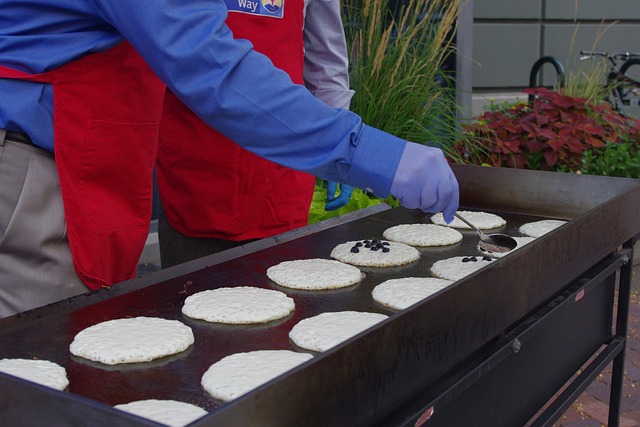What Frying Pan Is Best For High-heat Cooking Like Searing?
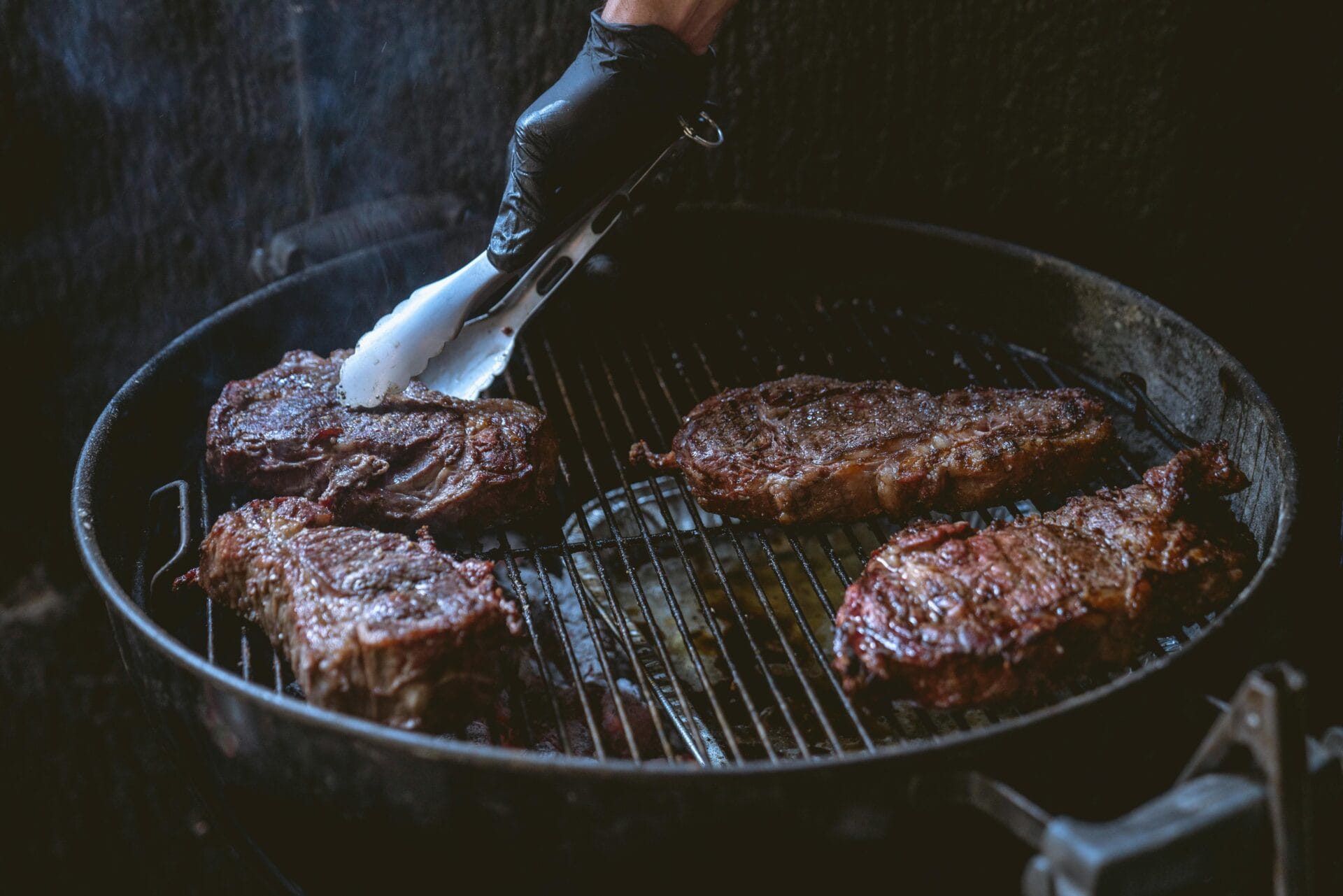
Have you ever wondered which frying pan is best for high-heat cooking, especially when it comes to searing your favorite meats? The right frying pan can make a world of difference, transforming your culinary experience and ensuring that your dishes are cooked to perfection. Searing is not just a cooking technique; it’s an art. Let’s unravel the mysteries behind the best frying pans for high-heat cooking and see how you can elevate your kitchen game!
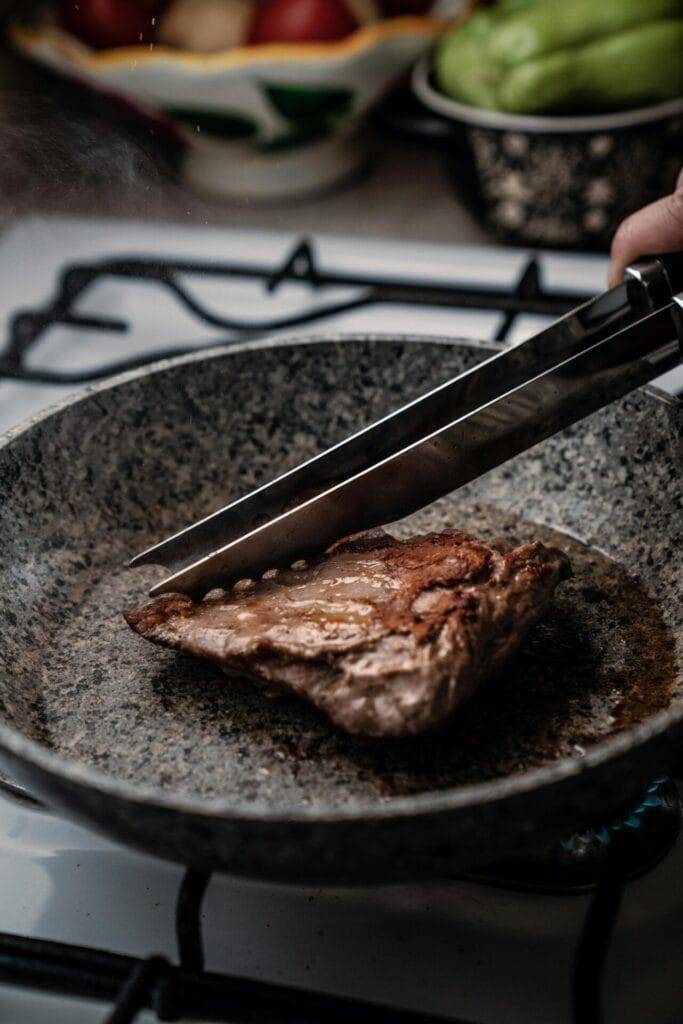
Understanding High-Heat Cooking
High-heat cooking can be defined as cooking food at temperatures typically between 400°F (204°C) and 500°F (260°C). This technique is essential for achieving that beautifully browned crust on your meats or veggies. When you sear your food, you’re not just cooking it; you’re creating layers of flavor through the Maillard reaction, where proteins react with sugars, resulting in those deliciously complex flavors.
The Importance of Searing
Searing is a technique that locks in juices and enhances the flavor of the food. It creates a savory crust that doesn’t just look appealing but also adds texture and taste. Think of a perfectly seared steak – the outside is a delightful golden brown, while the inside retains its juiciness and flavor. This tantalizing combination is what makes searing so desirable!
What to Look For in a Frying Pan
When choosing a frying pan for high-heat cooking and searing, several factors come into play. Here’s what you should consider:
Material Matters
The material of your frying pan significantly affects its performance at high temperatures. Here are some common materials used in frying pans:
| Material | Characteristics |
|---|---|
| Stainless Steel | Durable and resist scratching; excellent heat conduction when thick-bottomed. |
| Cast Iron | Retains heat well, ideal for even cooking; may require seasoning and maintenance. |
| Non-stick | Great for low-fat cooking but may not handle high heat well; check temperature limits. |
| Copper | Excellent heat conduction and responsiveness; requires care to maintain appearance. |
Size and Shape
The size of your frying pan also plays a crucial role in your cooking. A larger pan allows for browning multiple items at once without overcrowding, which can lead to steaming instead of searing. Additionally, a flat bottom is important to maximize contact with the heat source, ensuring even cooking.
Weight of the Pan
A heavier frying pan tends to retain heat better, providing more consistent cooking temperatures. This can be particularly beneficial when flipping or moving around your food, as a sturdy pan holds its temperature better, preventing sudden drops in heat.
Best Frying Pans for High-Heat Cooking
Now that you know what to look for, let’s go over some of the best frying pans specifically designed for high-heat cooking like searing.
Cast Iron Skillets
Cast iron skillets are a go-to choice for many home cooks. They are incredibly versatile and can withstand high temperatures without warping or losing their shape. The heat retention of cast iron is unmatched, making it ideal for searing meats and achieving that sought-after crust.
Key Benefits:
- Excellent heat retention and distribution.
- Naturally non-stick when seasoned properly.
- Can go from stovetop to oven seamlessly.
Care Tip: Remember to season your cast iron skillet regularly to maintain its non-stick properties and protect it from rusting.
Stainless Steel Frying Pans
Stainless steel frying pans are another fantastic option for high-heat cooking. They provide a good balance of durability and performance, allowing you to build that perfect sear on your ingredients.
Key Benefits:
- Suitable for high-heat cooking without warping.
- Easy to clean and maintain.
- No reactive materials, making it safe for all foods.
Care Tip: To prevent food from sticking, ensure the pan is preheated before adding oil, and remember to let your food naturally release as it cooks.
Carbon Steel Frying Pans
If you enjoy the benefits of cast iron but want something lighter, carbon steel frying pans are an extraordinary alternative. They heat up quickly and distribute heat evenly, making them excellent for searing.
Key Benefits:
- Lighter than cast iron while retaining similar heat properties.
- Develops a natural patina over time, enhancing non-stick capabilities.
- Versatile for various cooking techniques, including frying and sautéing.
Care Tip: Like cast iron, carbon steel also requires seasoning to prevent rust and maintain non-stick properties.
Non-Stick Frying Pans
While non-stick frying pans are typically not recommended for high-heat cooking, there are high-quality options available that can withstand higher temperatures. Look for non-stick pans specifically labeled “safe for high heat.”
Key Benefits:
- Easy food release and cleanup.
- Ideal for low-fat cooking.
Care Tip: Always use utensils that won’t scratch the non-stick surface, and avoid using high heat for prolonged periods to protect the coating.
Cooking Techniques for Searing
Once you’ve chosen the right pan, it’s essential to understand the proper techniques for searing your food.
The Heat is On
The first step in searing is ensuring your pan is hot enough. Preheat your frying pan over medium-high heat, and give it a few minutes to reach the desired temperature.
Oil Selection
choosing the right oil is crucial for achieving a perfect sear. Oils with high smoke points like canola, grapeseed, or avocado oil are excellent choices. Avoid extra virgin olive oil, as it has a lower smoke point and can burn at high temperatures.
The Searing Process
- Pat Your Food Dry: Moisture is the enemy of a good sear. Use paper towels to pat your meat dry, ensuring better contact with the hot surface.
- Heat the Oil: Add your chosen oil into the hot pan and allow it to shimmer, signaling that it’s ready for cooking.
- Add Your Food: Place the food gently into the pan, allowing space between each piece. This ensures even cooking and avoids steaming.
- Don’t Move It Too Soon: Let your food form a crust. Resist the temptation to move it around until it naturally releases from the pan – usually about 3-4 minutes.
- Flip and Repeat: Once the first side is seared to perfection, flip the food and repeat the process.
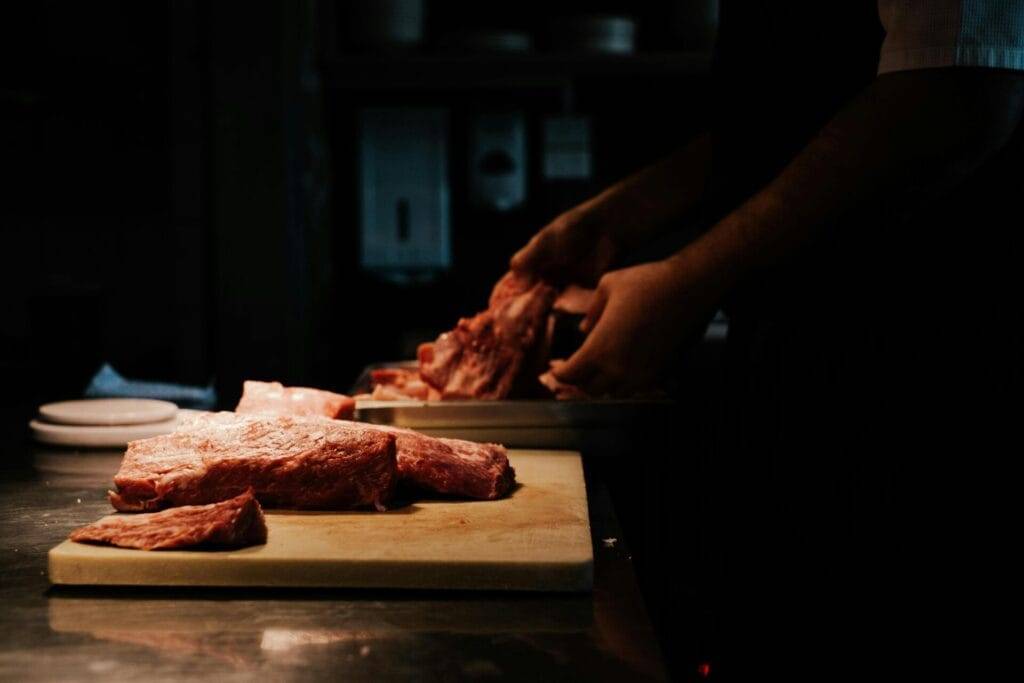
Benefits of High-Heat Cooking
You may be wondering, what are the benefits of mastering high-heat cooking? Let’s break it down:
Enhanced Flavor
High-heat cooking, particularly searing, develops a depth of flavor that other methods may lack. The caramelization and browning create not just taste but also complex aromas that elevate your dishes.
Improved Texture
Using high heat results in a pleasant contrast between the crunchy, caramelized exterior and the tender interior of your food. This diversity in texture makes meals incredibly satisfying.
Speedy Cooking
Cooking at high heat means quicker meal preparation. Perfect for busy weeknights, searing meats or veggies can make dinner preparation a breeze.
Safety Tips for High-Heat Cooking
As you embark on your high-heat cooking journey, keeping safety in mind is vital. Here are a few tips to ensure a safe cooking environment:
Use Pot Holders
Handling hot pans requires care to avoid burns. Always use pot holders or heat-resistant mitts when handling your frying pans, especially when transferring them from stovetop to oven.
Ventilation is Key
High-heat cooking can produce smoke, so ensure that your kitchen is well-ventilated. Open windows or turn on your exhaust fan to improve airflow while cooking.
Monitor Temperature
Use a thermometer if you’re unsure about the temperature of your pan. Overheating oil can lead to dangerous flare-ups, so keep an eye on the heat.
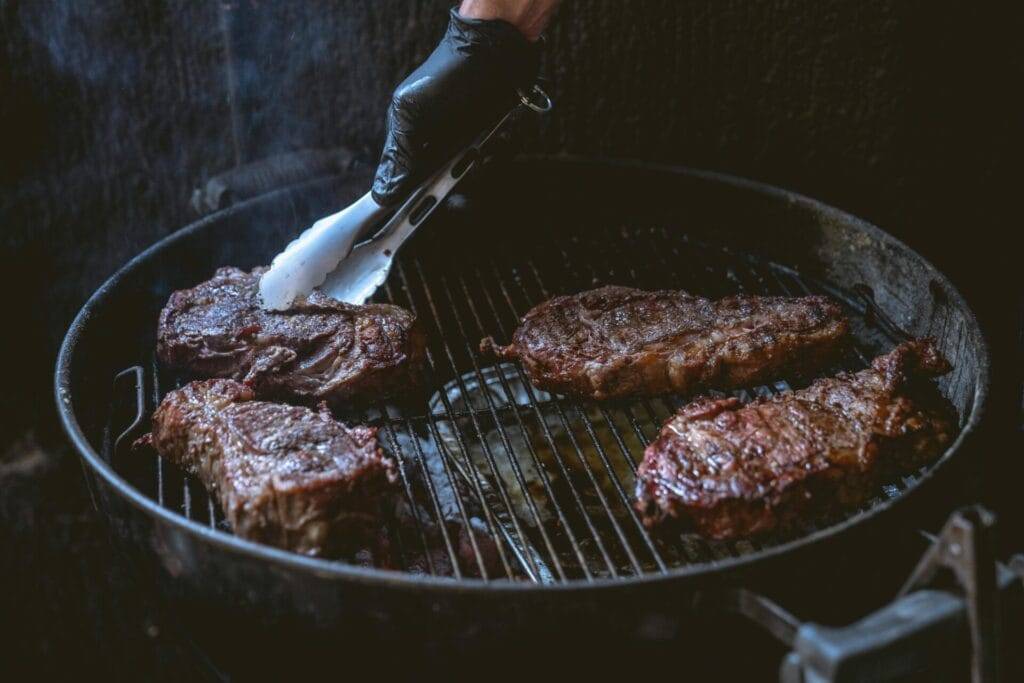
Conclusion: Choosing Your Ideal Frying Pan
Now you have a comprehensive understanding of what frying pan is best for high-heat cooking like searing. Whether you opt for cast iron, stainless steel, or carbon steel, each type will bring its unique advantages to your cooking experience. Searing is one of those techniques that can elevate your meals from ordinary to extraordinary, and with the right tools and techniques, you can enjoy the culinary magic of high-heat cooking.
So, what are you waiting for? It’s time to pick your perfect frying pan and start searing! Your taste buds will thank you, and any dish you prepare is sure to impress. Happy cooking!

